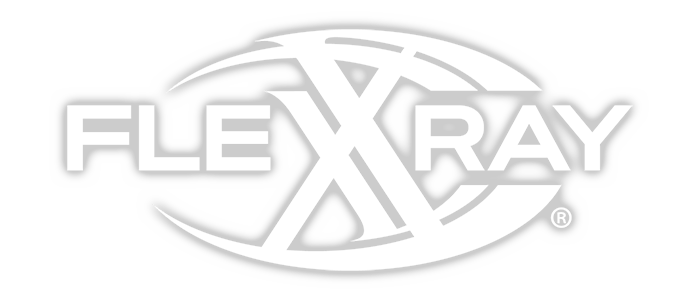The food we eat is sourced from all corners of the world, and it’s a long journey through many process steps to get from farm to fork. Many times, multiple companies work together to create a single product or line of products. That means multiple factories, machines, processes, and work teams touch a product before it gets to market, and this complexity creates opportunities for potential problems.
At FlexXray we routinely hear, “No way that was in there!” or “I don’t know how that got in there.” Of course, no food producer intends for foreign contaminants to get into its food product.
FlexXray helps its customers identify the source of foreign material. In fact, just recently we helped a customer determine that all three of its suppliers of a specific raw material were the source of foreign material issues for the final product. The information that our inspection process revealed led the food producer to the real source of contamination – and it was more than one source that needed to be addressed.
Foreign material detection can be helpful after an issue is known to have occurred – or even beforehand if companies are proactive in testing product. In several cases, FlexXray has been able to detect foreign material by sampling incoming domestic and global raw material supply for our customers contaminations. These customers have decided better to have a claim for the raw material value than the finished product value or – worst yet – create a recall situation.
Though the official choke hazard measurement is 7mm, most food companies would agree that isn’t good enough. At FlexXray we can see contaminants down to 0.8 mm, and at times even smaller. We can check and determine if your finished product or raw material supply has problems with metal, bone, glass, rubber, plastic, gasket material, wood and many other types of foreign material.

Leave a Reply
You must be logged in to post a comment.